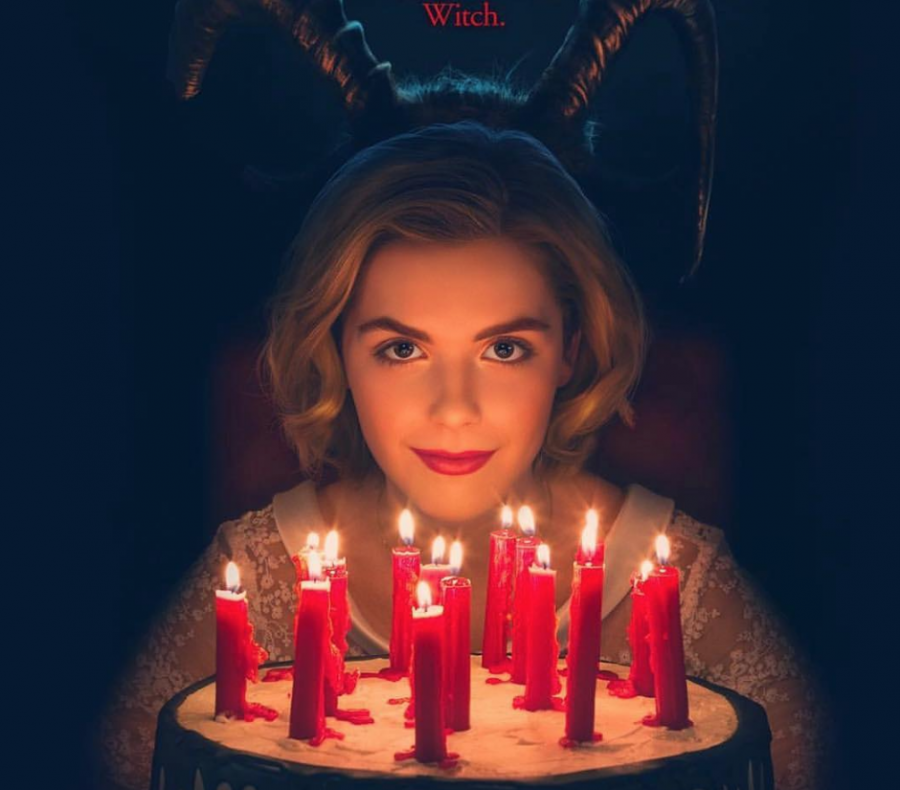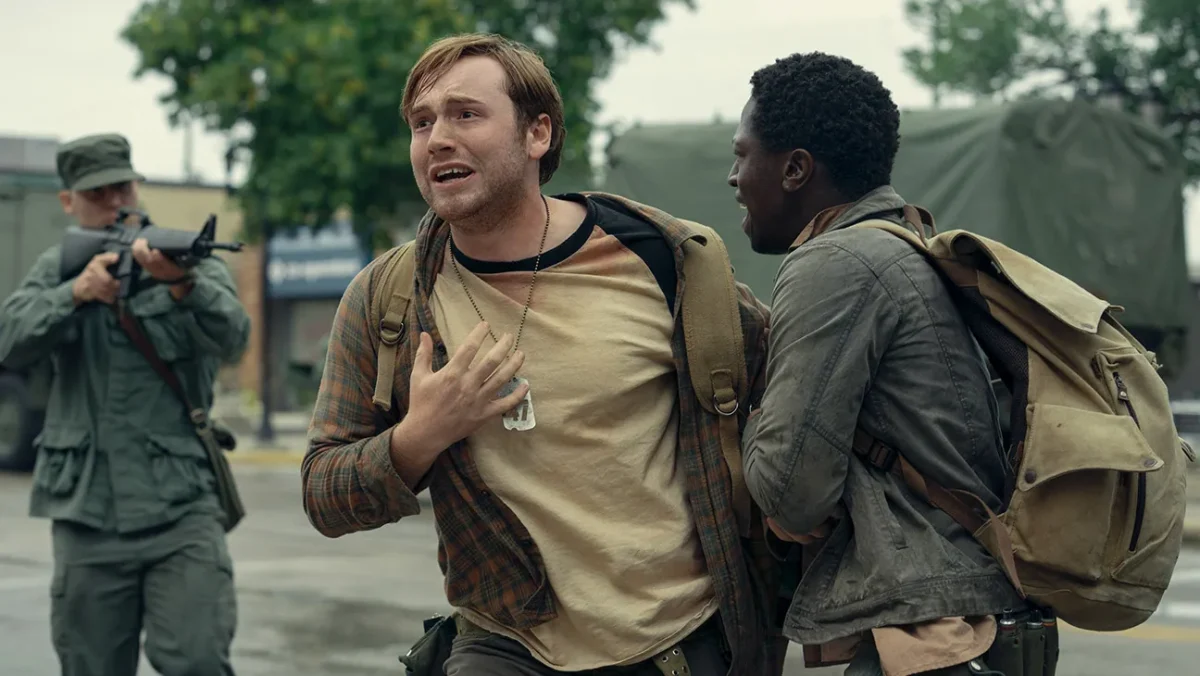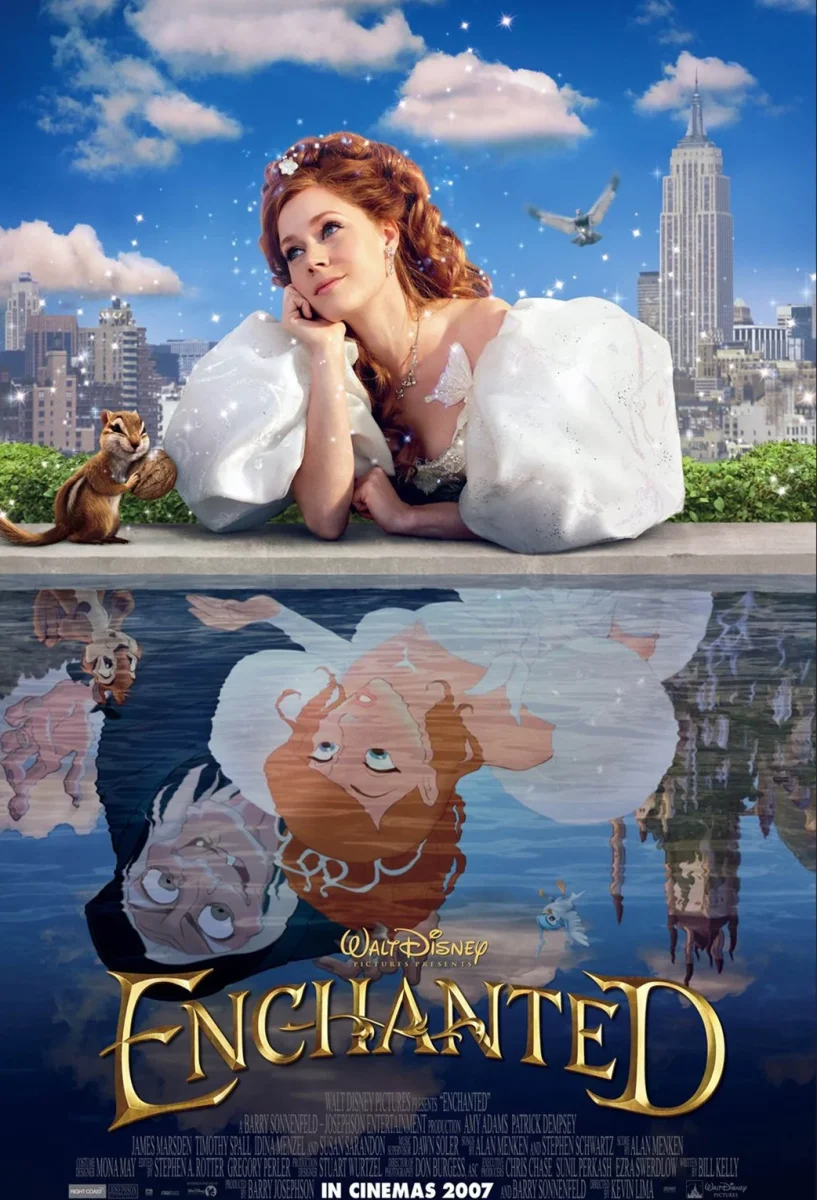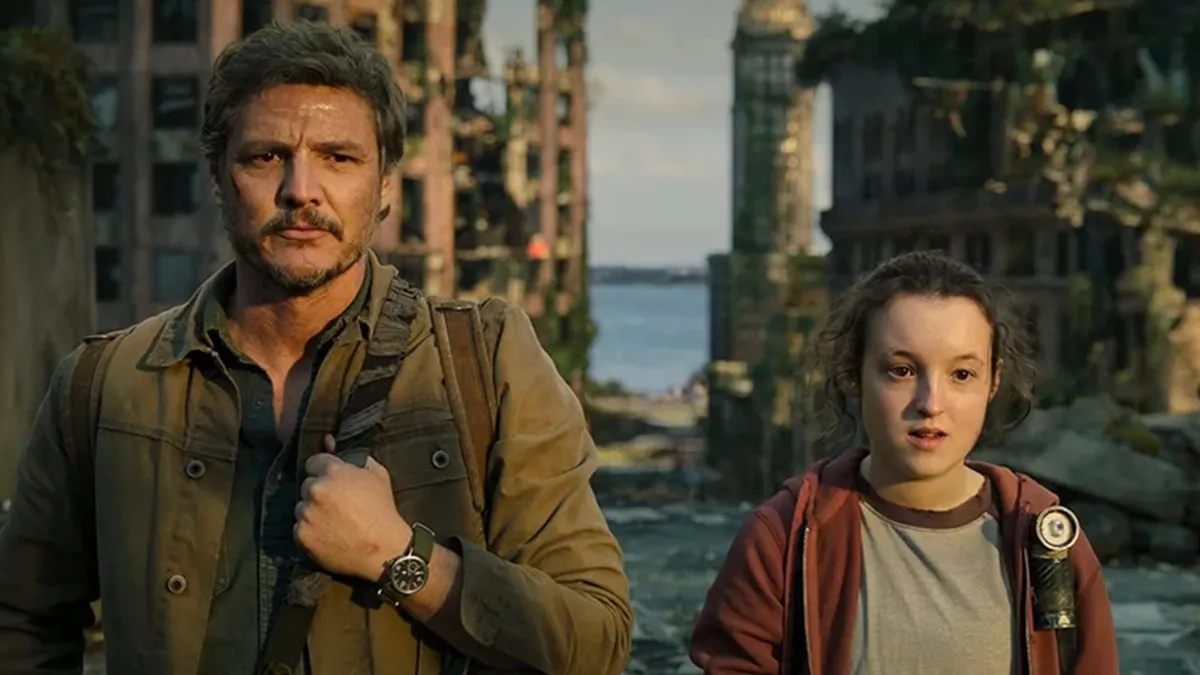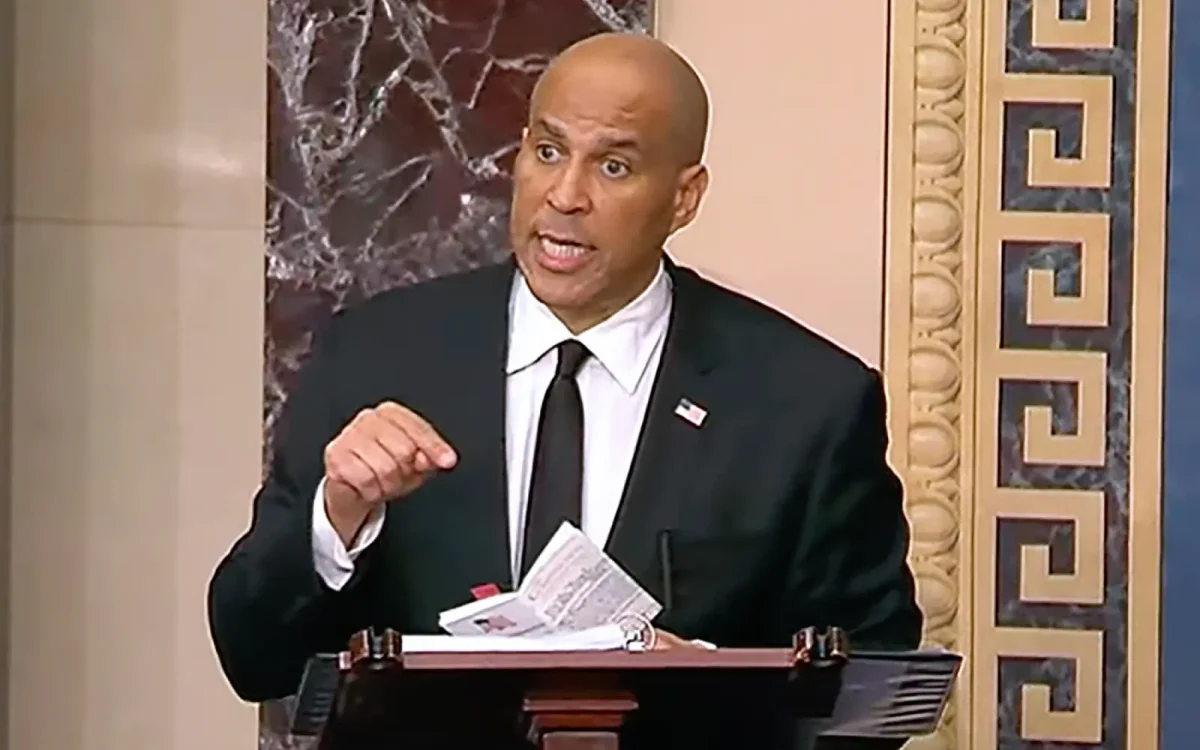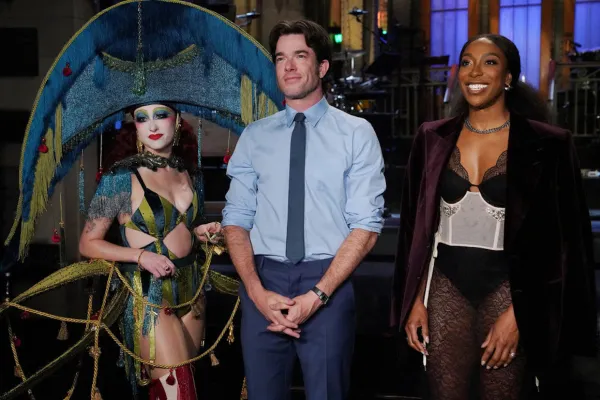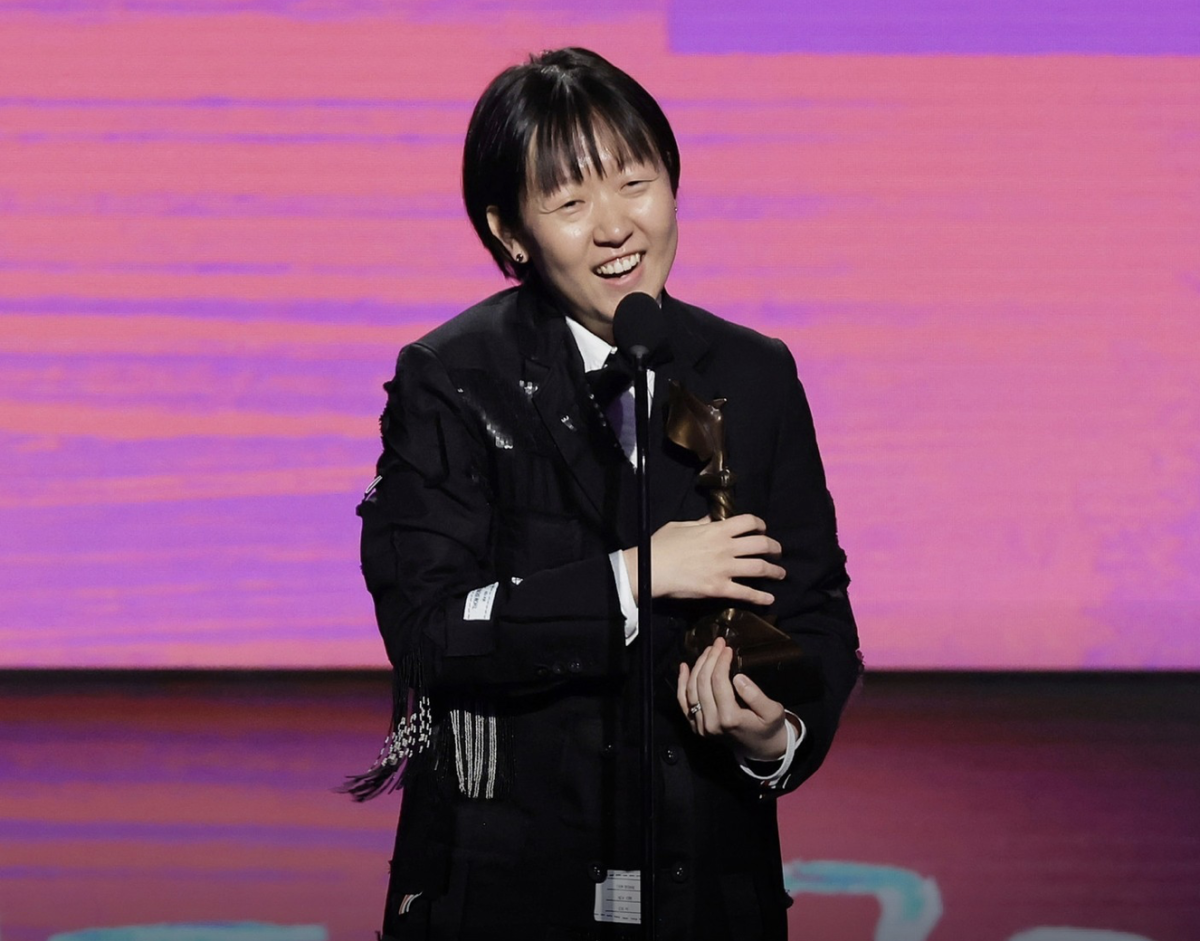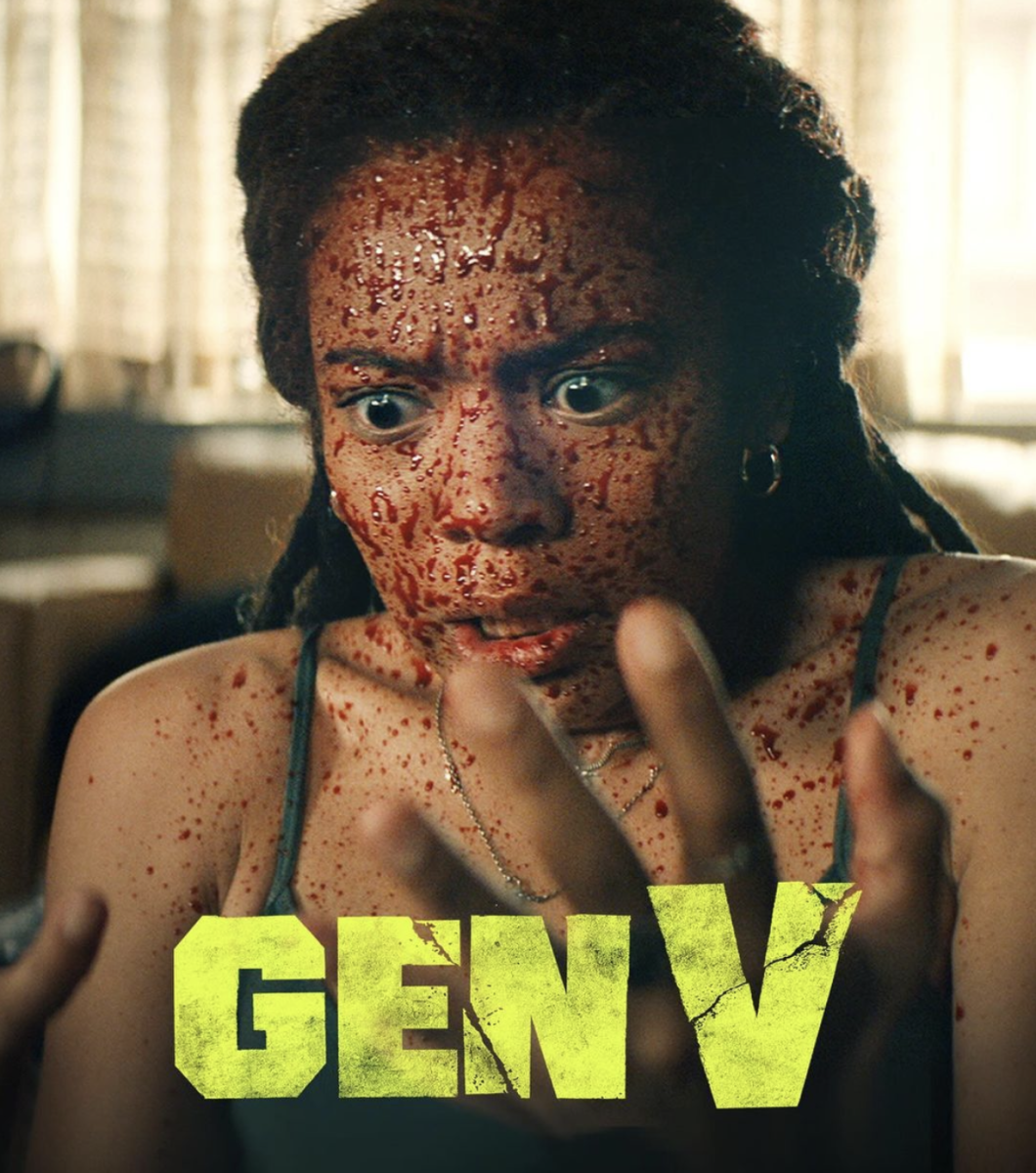Spoilers for the series ahead.
Witchcraft has recently become a rising trend among the younger generation, along with bringing back classic franchises we know and love. From revamps of series such as “Charmed” to the new iteration of “Harry Potter” (seen in both “Fantastic Beasts and Where to Find Them” as well as “The Cursed Child” arriving on Broadway), ‘90s nostalgia and magic have never been more popular.
“Chilling Adventures of Sabrina,” Roberto Aguirre-Sacasa’s Netflix reboot of the beloved ‘90s sitcom “Sabrina the Teenage Witch” brings fans a darker, grittier version of the witch that they haven’t yet seen on the small screen. Based on the comic book of the same name, Sacasa’s “Chilling Adventures” takes place in the Riverdale universe with other fan-favorites Archie Andrews and Veronica Lodge. While Sacasa told The Hollywood Reporter that “strangely Sabrina is a little more wholesome” than Riverdale, viewers will still see unsavory things like cannibalism and Satanism.
The series deals with half-witch Sabrina Spellman (Kiernan Shipka), who is about to turn 16 years old. Upon her sixteenth birthday, Sabrina must sign her name in the Dark Lord’s book, fully giving herself over to Satan in exchange for more powerful magic. Signing his Book of the Beast allows Lucifer to call forth Sabrina and her powers to do any deed He wants. Along with this particularly heavy fact, Sabrina will have to join other teen witches at the Academy of Unseen Arts to hone her talents, leaving her mortal life—and all of her mortal friends and lovers—behind. The first season, which contains a total of 10 episodes that run an hour each, follows Sabrina before and after her “Dark Baptism,” and all of the things that becoming a witch means for her and the rest of the world.
Besides the basics, “Chilling Adventures” has little in common with the ‘90s iteration of “Sabrina.” The new Netflix series is more suited to today’s binge-watching culture. The show follows several arcs over the course of its first season run, whereas in the ‘90s, each episode had its own plot, with only the occasional overarching plot per season. One glaring difference to fans of the original ‘90s run is the cat—Salem doesn’t talk in Sacasa’s reboot. Instead, Sabrina’s cousin Ambrose takes on the role of sarcastic sidekick to our heroine. He is trapped inside of the Spellman mortuary, rather than being trapped inside the body of a cat. Additionally, the new series focuses more on issues in today’s political landscape. In the original live action “Sabrina,” the teen witch dealt with issues of finding herself among the struggles of regular teenage life, including how to get a boyfriend and ace all of her classes. However, teens in the #MeToo era find themselves facing more serious issues, and “Chilling Adventures” reflects that in full.
Witchcraft has always been portrayed as a powerful thing. “Chilling Adventures” shows Sabrina using both her own presence at school and her magic to assert her own powerful femininity and protect her friends. Sabrina, Roz (Jaz Sinclair), and Susie (Lachlan Watson) create the club WICCA (Women’s Intersectional Cultural and Creative Association), dedicated to protecting and promoting women at Baxter High, while Sabrina herself uses magic to set spiders on her misogynistic school principal, and takes away the metaphorical “manhoods” of a group of football players for mocking the way her friend Susie presents her gender. Shipka certainly portrays Sabrina as a strong-willed, rebellious but earnest young witch, and audiences truly root for her from the get-go.
However, there is a darker side to the power of women in “Chilling Adventures.” To have magic, one must fully dedicate their life to serving the Dark Lord Satan. Sabrina finds the obvious conflict in this; she wants power, but she still wants to maintain her own free will. As a half-witch, half-mortal, choosing either path requires her to give up another part of herself. The decision of whether or not to give herself to Lucifer remains a prominent roadblock for Sabrina throughout the series, one that doesn’t truly get resolved until the very end of the season finale. Sacasa uses Satan as a clear yet clever reference for the patriarchy, which is just as inherent in witch society as it is in that of mortals.
In a scene in episode 3 of “Chilling Adventures,” Sabrina is put on trial in front of the Witches Council after choosing her own autonomy during her Dark Baptism. Her aunts reprimand her for tarnishing the Spellman family’s reputation, as well as her own. The head of the Church of Night, Father Faustus, claims that a “deplorable crime has been committed against our master and savior,” to which the crowd replies with utterances of “Hail Satan.” The victim blaming taking place in the Court of Night is eerily similar to the recent hearing of Brett Kavanaugh, in which he was confirmed to the Supreme court, despite the allegations of sexual assault levied against him. As in the Kavanaugh hearing, the witch world takes the man’s side. However, later on in her trial, Sabrina is able to prove her innocence and reclaim her autonomy—for now.
Throughout the series, the question remains whether or not Sabrina will be able to maintain a semblance of free will and her magic, or if she will have to truly give herself over to the Dark Lord. “I want both,” Sabrina tells another witch Prudence. “I want freedom and power.” Prudence replies that the Dark Lord will never give her both. When Sabrina asks why, Prudence replies, “He’s a man, isn’t he?” Themes of feminine autonomy are sure to resonate with viewers throughout their binge-watching, especially for those discovering how to make it in a man’s world.

